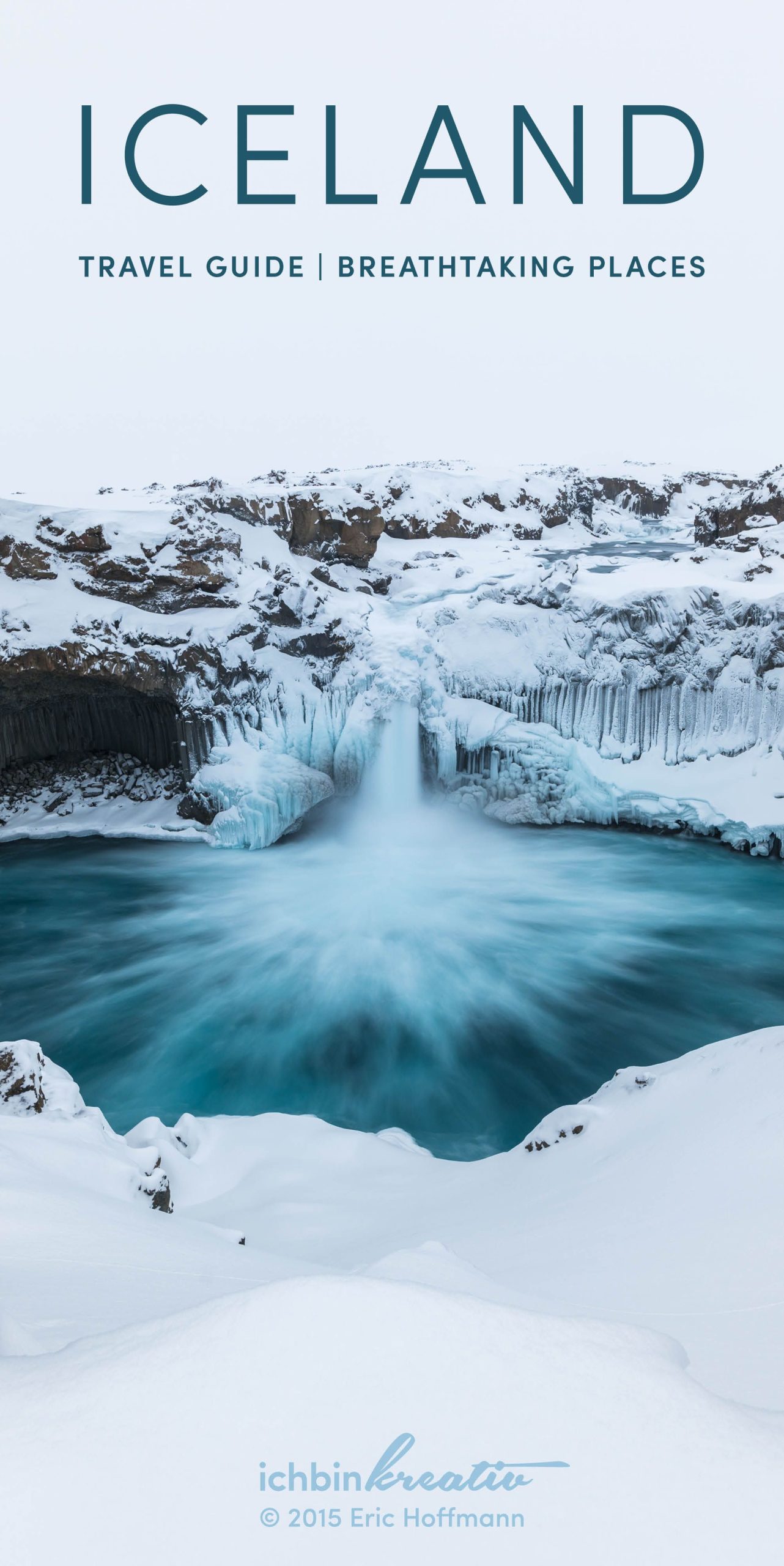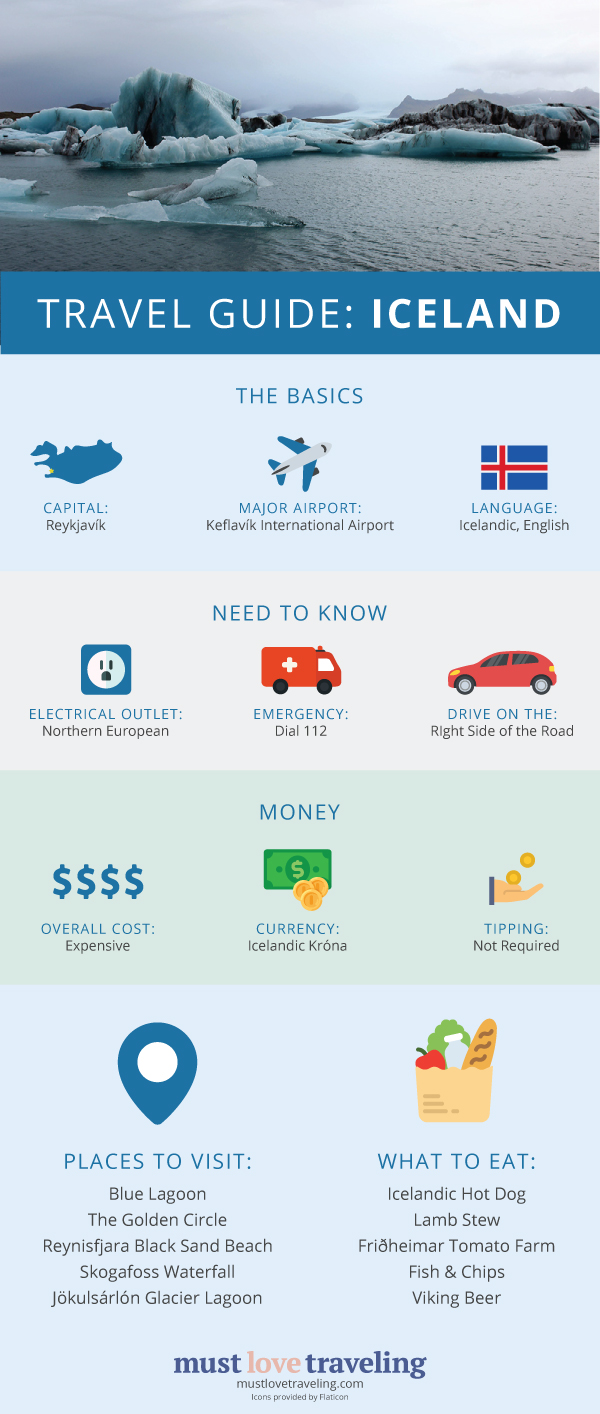
There are few places on Earth where the raw, creative power of nature is so viscerally on display as Iceland. It is a land of stark contrasts and breathtaking beauty, where colossal glaciers grind their way through volcanic mountains, and steaming geothermal vents hiss beside frozen plains. Known as the Land of Fire and Ice, this North Atlantic island nation is a realm of ancient sagas, ethereal landscapes, and epic adventures. For the traveler, Iceland is not just a destination to be seen; it is an elemental force to be experienced.
This guide will navigate you through the primordial wonders of Iceland, from its storied past to the practicalities of a modern-day journey. Whether you dream of chasing the Northern Lights, hiking across a glacier, or simply soaking in a geothermal lagoon, prepare for a trip that will leave an indelible mark on your soul.
A Glimpse into Iceland’s Saga: A Brief History

Related Articles about Iceland: A Traveler’s Guide to the Land of Fire and Ice:
- Peru: A Tapestry of Ancient Wonders, Vibrant Cultures, and Breathtaking Landscapes
- Brazil: A Symphony of Sun, Samba, and Unforgettable Adventures
- Maldives: An Azure Dream – Your Ultimate Travel Guide to Paradise
- The Land Down Under: An Epic Travel Guide to Australia
- Chile: A Symphony of Extremes – Your Comprehensive Travel Guide
To understand Iceland, one must appreciate its history—a narrative as dramatic as its landscape. The island was one of the last places on Earth to be settled by humans. In the late 9th century, Norse chieftain Ingólfur Arnarson, fleeing turmoil in Norway, established the first permanent settlement in what is now Reykjavík.
The settlers brought with them a sophisticated legal and social structure. In 930 AD, they founded the Althing at Þingvellir, an open-air assembly that is now recognized as the world’s oldest surviving parliament. This period, known as the Age of the Sagas, was a golden era of literature, producing timeless epic tales like Njáls saga and Egil’s saga that chronicled the lives, loves, and feuds of the early Icelanders.
Centuries of hardship followed, marked by volcanic eruptions, harsh winters, and political strife. Iceland fell under Norwegian and later Danish rule, enduring poverty and isolation. The catastrophic eruption of the Laki volcano in 1783-84 caused a devastating famine that wiped out over a quarter of the population. Yet, the Icelandic spirit of resilience, or þrautseigja, endured. A powerful independence movement grew in the 19th century, culminating in Iceland becoming a sovereign state in 1918 and a fully independent republic on June 17, 1944. Today, this nation of just under 400,000 people stands as a proud, progressive, and utterly unique country, its modern identity forever shaped by its Viking heritage and its eternal dance with the forces of nature.
When to Visit: A Land of Two Seasons
Choosing the best time to visit Iceland depends entirely on what you want to experience. The country has two distinct, and equally magical, main seasons.
Summer (June – August): The Midnight Sun
Summer is Iceland’s peak season, and for good reason. The days are incredibly long, with the Midnight Sun casting a golden, ethereal glow over the landscape for nearly 24 hours in June and July. This is the time for lush green fields, blooming lupine, and accessible adventures.
- Pros: All roads, including the rugged F-roads of the Highlands, are open. The weather is at its mildest (averaging 10-15°C or 50-59°F). It’s the best time for hiking, camping, and seeing puffins, which nest on coastal cliffs from May to mid-August.
- Cons: This is the most crowded and expensive time to visit. Accommodation and rental cars should be booked many months in advance.

Winter (October – March): The Northern Lights
Winter transforms Iceland into a dramatic, otherworldly wonderland of snow and ice. The days are short, with only 4-5 hours of daylight around the winter solstice, but the long, dark nights offer the perfect canvas for the main event: the Aurora Borealis.
- Pros: The chance to witness the Northern Lights dancing across the sky is the primary draw. It’s also the season for exploring mesmerizing blue ice caves in glaciers, which are only safe to enter in winter. There are fewer tourists, and prices are generally lower.
- Cons: The weather is cold, windy, and unpredictable. Driving can be challenging, and many roads, especially in the north and the Westfjords, can be impassable.
Shoulder Seasons (April-May & September): These months offer a happy medium. In September, you get decent daylight hours for exploring, autumnal colors, and the first opportunities to see the Northern Lights. In spring, the snow begins to melt, waterfalls roar back to life, and you can find lower prices before the summer rush.
Top Attractions: The Unmissable Sights
Iceland is packed with natural wonders, but some are simply unmissable.
1. The Golden Circle
This classic 300-kilometer loop is the perfect introduction to Iceland’s geological marvels and is easily accessible from Reykjavík.
- Þingvellir National Park: A site of immense historical and geological significance. Here you can walk between the North American and Eurasian tectonic plates as they slowly drift apart. It’s also the original site of the Althing.
- Gullfoss Waterfall: The "Golden Falls" is a magnificent, two-tiered cascade that thunders into a deep canyon. On sunny days, a rainbow frequently arcs over the mist.
- Geysir Geothermal Area: This valley of bubbling mud pots and steaming vents is home to Geysir (the namesake of all geysers) and its more active neighbor, Strokkur, which erupts spectacularly every 5-10 minutes, shooting boiling water up to 30 meters high.
2. The South Coast
A drive along the southern stretch of the Ring Road is a highlight reel of Iceland’s most iconic landscapes.
- Seljalandsfoss & Skógafoss: Two of Iceland’s most famous waterfalls. The unique path at Seljalandsfoss allows you to walk directly behind the cascading water, while the sheer power and scale of Skógafoss are awe-inspiring.
- Reynisfjara Black Sand Beach: Famous for its otherworldly basalt columns, roaring Atlantic waves, and dramatic sea stacks (Reynisdrangar). Be extremely cautious of the powerful "sneaker waves" here.
- Jökulsárlón Glacier Lagoon & Diamond Beach: A surreal scene where massive icebergs, calved from the Breiðamerkurjökull glacier, float serenely in a deep lagoon before drifting out to sea. Across the road, smaller ice chunks wash up on a black sand beach, glistening like diamonds in the sun.
3. Reykjavík
Iceland’s capital is a vibrant, creative hub. Spend a day or two exploring its colorful streets, world-class restaurants, and quirky museums. Don’t miss the iconic Hallgrímskirkja church, the stunning Harpa Concert Hall, and the lively nightlife.
4. The Blue Lagoon
While touristy, this world-famous geothermal spa is an experience worth having. Soaking in the milky-blue, mineral-rich waters, surrounded by black lava fields, is the perfect way to relax after a long day of exploring. Be sure to book your ticket well in advance.
5. Further Afield
For those with more time, Iceland’s other regions offer deeper adventures.
- North Iceland: Centered around the "Capital of the North," Akureyri, this region boasts the volcanic wonders of Lake Mývatn, the powerful Dettifoss waterfall (Europe’s most powerful by volume), and the premier whale-watching hub of Húsavík.
- The Westfjords: A remote, sparsely populated peninsula of dramatic fjords, towering bird cliffs, and untouched landscapes. This is Iceland at its most raw and is best explored in summer.
Getting Around: Navigating the Island
Renting a Car: This is by far the best way to experience Iceland, offering the freedom and flexibility to explore at your own pace.
- Vehicle Choice: A standard 2WD is sufficient for the Ring Road in summer. However, a 4×4 is highly recommended for winter travel or for accessing the Highlands via the F-roads (which legally require a 4×4).
- Insurance: Always opt for comprehensive insurance, including Gravel Protection (GP) and Sand and Ash Protection (SAAP), as damage from these elements is common and not covered by standard policies.
- Safety: The weather can change in an instant. Before setting out each day, check road.is for road conditions and vedur.is for the weather forecast.
Tours and Buses: If you prefer not to drive, numerous tour companies offer everything from day trips from Reykjavík to multi-day guided tours around the island. Public bus networks operate, though services can be infrequent in rural areas, especially in winter.
Where to Stay: Accommodation Options
Iceland offers a wide range of accommodation, but booking in advance is crucial, especially from June to August.
- Hotels: Primarily found in Reykjavík and larger towns. They range from basic to luxury.
- Guesthouses & Farm Stays: The most common option in the countryside. These offer a more personal, authentic experience, often including a home-cooked breakfast.
- Hostels: An excellent budget-friendly choice, perfect for solo travelers and those looking to meet others.
- Camping: For the truly adventurous, camping is a popular and affordable option in summer. Campsites are plentiful and generally well-equipped, but be prepared for cold nights and unpredictable weather.
Essential Travel Tips: Know Before You Go
- Currency & Cost: The currency is the Icelandic Króna (ISK). However, Iceland is a largely cashless society; credit and debit cards are accepted almost everywhere. Be prepared: Iceland is one of the most expensive countries in the world. Budget accordingly for food, gas, and activities.
- Dress in Layers: The Icelandic saying, "If you don’t like the weather, wait five minutes," is no exaggeration. The key is layering. Pack a waterproof and windproof outer layer, a warm mid-layer (like fleece or wool), and a thermal base layer. Sturdy, waterproof hiking boots are non-negotiable.
- Pack a Swimsuit: No matter the season, you’ll want a swimsuit for the numerous geothermal pools, hot springs, and spas scattered across the country.
- Drink the Water: Icelandic tap water is some of the purest, most delicious water in the world, straight from the glaciers. Don’t buy bottled water; just bring a reusable bottle and fill it up anywhere.
- Respect Nature: Iceland’s delicate ecosystem is fragile. Stay on marked paths, never drive off-road (it’s illegal and causes irreparable damage), and practice Leave No Trace principles. The beauty you came to see depends on it.
Conclusion
Iceland is more than a vacation; it’s an expedition to a younger version of our planet. It’s a place that humbles you with its scale, inspires you with its beauty, and reminds you of the immense power simmering just beneath the Earth’s crust. It’s a land where every waterfall has a story, every lava field holds a secret, and every night sky holds the potential for magic. A trip to the Land of Fire and Ice is a journey to the edge of the world and, in many ways, to the very beginning of it. Pack your sense of wonder and prepare to be transformed.





